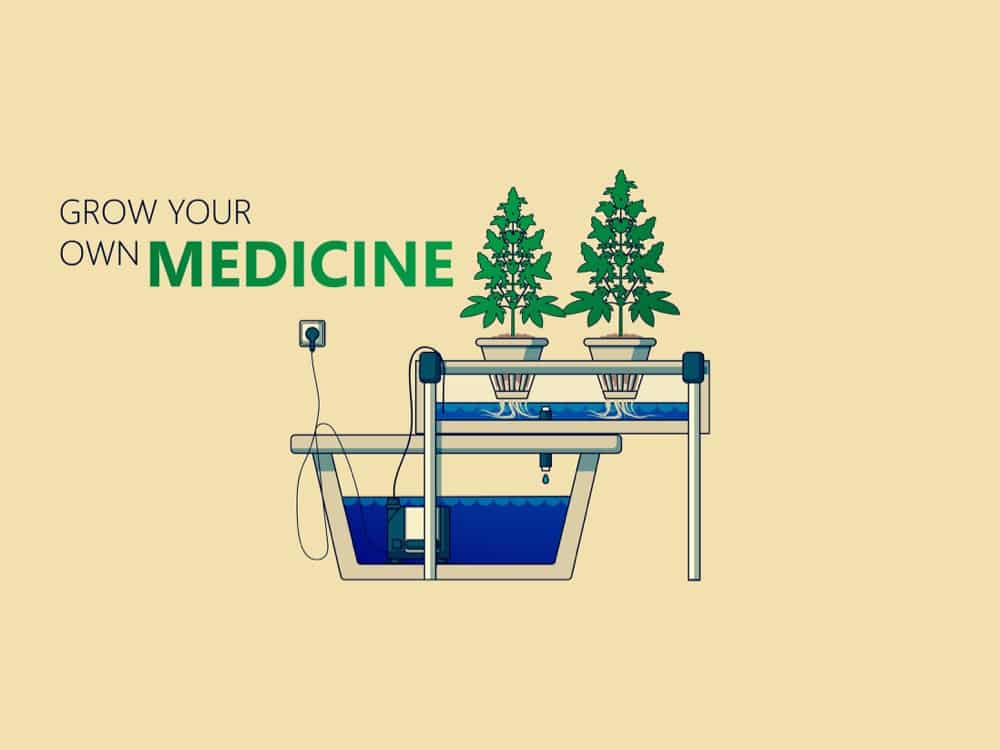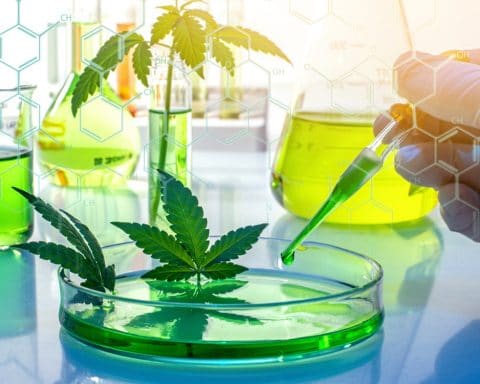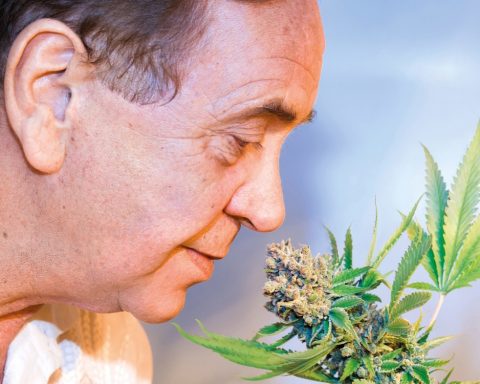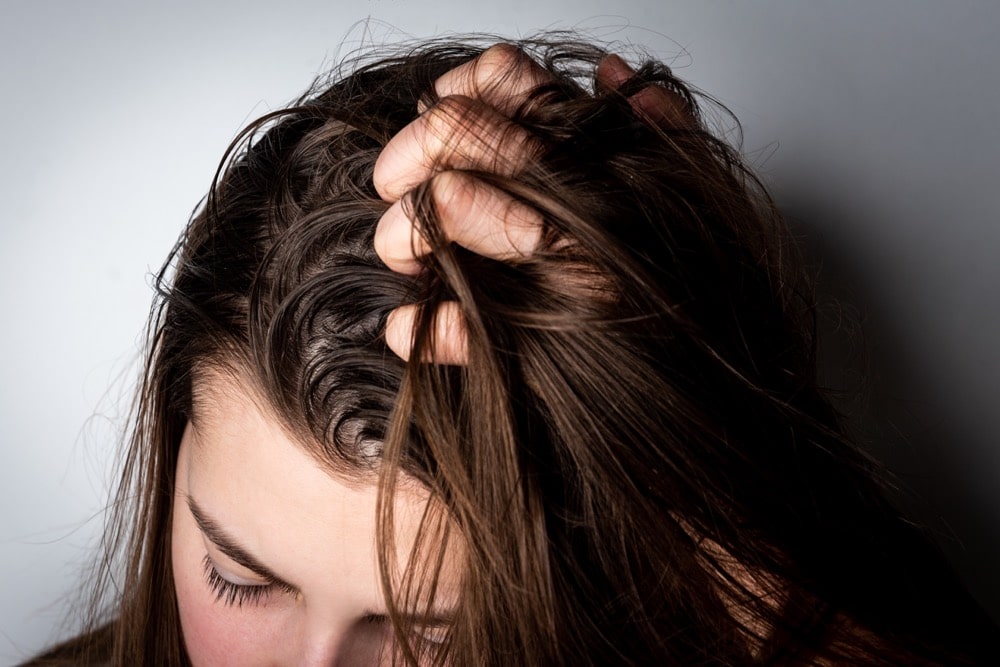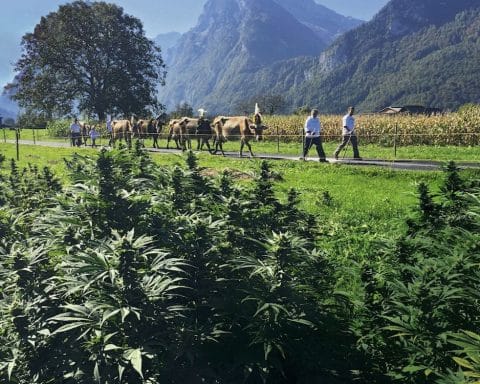Temperature and relative humidity are easily 2 of the most important factors impacting your grow room and the health of your plants. Unfortunately, they are also often overlooked, especially by beginner growers.
In this article, we’ll teach you everything you need to know about the ideal temperature and humidity levels for each stage of a cannabis plant’s life, and help you spot and control temperature/humidity issues before they get out of hand .
Wait, What’s Relative Humidity?
Before we continue, you need to understand relative humidity, a concept that’s crucial to growing great weed but often misunderstood.
Relative humidity is a measurement (displayed as a percentage) of the amount of water vapour present in the air relevant to the temperature. Warm air can hold more moisture than cold air, which is exactly why using relative humidity is so important to growing cannabis; it gives us a more accurate measure of the amount of air present in our grow room.

Image courtesy of Gasparetto Engineering.
One cubic meter of air at 30°C, for example, can hold roughly 30g of water, while the same amount of air at 10°C can only hold roughly 10g of water. The maximum amount of water air can hold is known as its Dew Point; once we exceed this Dew Point, excess moisture in the air will form as condensation like dew, fog, or rain. The graph above shows the different Dew Points of air at different temperatures.
To measure the humidity in your grow room, invest in a digital thermometer/hygrometer. These inexpensive devices make it easy to track the humidity and temperature inside your grow room and create the perfect environment for your plants.
What’s The Perfect Temperature And Relative Humidity For Growing Cannabis?
Cannabis is a hardy plant that can grow and adapt to various conditions. As we saw in our earlier chapter on the cannabis life cycle, cannabis plants germinate in spring and begin to flower after the summer solstice in response to changes in their photoperiod (except autoflowering strains, which flower based on age).
While individual cultivars might prefer slightly different conditions, most cannabis varieties like warm summers and plenty of sunlight. As they pass through the different stages of their lives, however, cannabis plants favour slightly different conditions; seedlings, for example, love warm, humid conditions, whereas flowering females like things a little drier).
If you’re growing outdoors, you obviously don’t have a lot of control over the temperature and RH in your garden. Indoor growers, on the other hand, can closely monitor and tweak the temperature and RH in their rooms/tents to create the perfect environment for their plants at all stages of their lifecycle.
The table below highlights the perfect growing conditions for cannabis plants in the seedling, vegetative, and flowering phases:
| Ideal Temperature | Ideal RH | Description | |
| Seedling phase | Lights on: 20-25°C
Lights off: 20°C |
65 -70% | Young cannabis seedlings or clones like warm, humid conditions that allow them to take up water via their leaves while they develop their roots. |
| Veg. phase | Lights on: 22-28°C
Lights off: 18-20°C |
40-60% | Once your plants have developed a solid root system, you can start gradually lowering the humidity and increasing the temperature in your grow room/tent until you reach the ideal conditions described here.
Note: Never change the temperature or humidity in your room/tent drastically as this can shock your plants and stunt their growth, cause pest/pathogen problems, and greatly impact both the size and quality of your yields. |
| Early and mid-flowering phase (weeks 1-6 approx) | Lights on: 20-26 C°
Lights off: 18-20°C |
40-50% | Flowering cannabis plants like slightly cooler and drier conditions. Female cannabis flowers can trap a lot of moisture, which can lead to bud rot and attract other pests or pathogens into your grow room. This is especially true if you’re growing indica-dominant strains with a dense bud structure. Sativa strains tend to have whispier buds that are better suited to more humid conditions (see our chapter on cannabis genetics for more info).
Again, remember to gradually adjust the conditions in your grow room to avoid stressing your plants. |
| Late flowering phase (final 3-4 weeks before harvest) | Lights on: 20-24°C
Lights off: 15-20°C |
30-40% | As your plants enter the final stages of their flowering cycle, we recommend further lowering the humidity and temperature in your grow room/tent to avoid bud rot and other humidity issues. Increasing the thermic amplitude (the difference between nighttime and daytime temperatures) can also help promote more trichome production and bring out some vibrant colours in your plants buds, especially in purple strains or Indica-dominant varieties. |
How To Create The Perfect Conditions In Your Indoor Grow Room/Tent
- Know what a particular cultivar likes! Different cannabis strains prefer different conditions. Whenever you’re growing a new variety, try to gather as much information about it as possible (preferably from someone who has grown the same strain or the seedbank that bred it), and also pay close attention to how the plant reacts to different climatic conditions.
- Buy a thermometer/hygrometer. Don’t even try to play around with the temperature/RH in your tent/room until you’ve bought a thermometer/hygrometer.
- Know what to look for. While plant’s obviously can’t talk, they are very good at communicating when something isn’t right. Study the list of warning signs of temperature/humidity issues below in order to catch these problems early and adapt accordingly.
- Use a humidifier/dehumidifier to adapt the relative humidity in your grow room/tent.
- Use intake, outtake, and oscillating fans (and heating/cooling, if necessary) to keep temperatures optimal.
Signs of Plants Stressed By Temperature/Humidity Issues
Signs of heat stress
- Rapidly drying soil.
- Leaves cupping and pointing upwards.
- Visibly burnt or dried out leaves or buds.
- Flowering plants exposed to hot conditions grow airy, thin buds and sometimes start developing new, whispy flowers on top of older ones.
How to drive down the temperature in your grow room/tent:
- Increase air circulation and use intake and outtake fans to keep hot air flowing out of your tent/room and fresh, cool air flowing in.
- Switch to LED lights that produce less heat.
- Move your grow lights further away from the top of your plants.
Signs of cold stress
- Stunted growth. Cold weather affects many of cannabis’ metabolic processes, making it harder for the plant to take up nutrients and water to fuel its growth.
- Nutrient deficiencies. As temperatures drop below optimum levels, cannabis plants struggle to take up certain nutrients and may develop signs of a nutrient deficiency.
- Soil that stays moist for extended periods of time.
- Wilting.
How to increase the temperature in your grow room/tent:
- Move your plants into a warmer area of the house.
- Switch from LED lights to a grow light that emits more heat.
- Turn off or slow down your intake and outtake fans.
Signs of high humidity
- Soil that never completely dries out.
- Limp, weak plants.
- Stunted growth. Just like with low temperatures and low humidity, high humidity also affects the metabolism of plants and their ability to take up water and nutrients.
- Bud rot, botrytis, or other fungal pathogens thrive in humid conditions, attacking your plants’ buds, foliage, and roots and causing them to rot.
How to decrease humidity in your grow room/tent:
- Increase air circulation using outtake, intake, and oscillating fans.
- Water your plants less frequently.
- Use a dehumidifier.
Signs of low humidity
- Soil that dries up extremely fast. Plants exposed to dry conditions drink a lot more water.
- As a side effect of drinking more water, plants might also take up more nutrients from their soil and fertilizer and develop nutrient burn.
- Stunted growth and weak, feeble plants.
How to increase humidity in the grow room
- Use a humidifier.
- Mist the air in your grow space (do not do this during the flowering phase).
While many people think cannabis grows like a weed, there are many ways we can help our plants grow even faster and produce bigger, better harvests. And maintaining the right temperature and relative humidity is one of the first and most important ways of doing exactly that.

